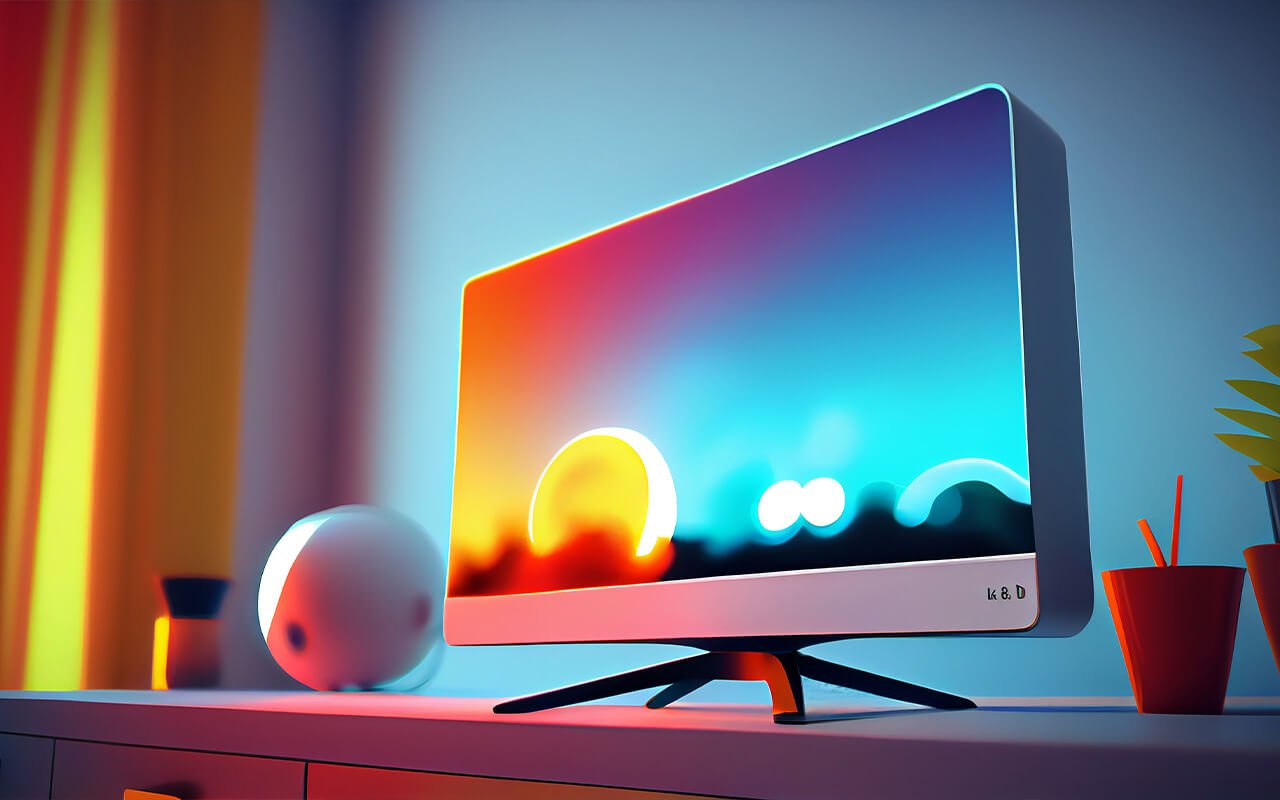When it comes to graphic design, the monitor you choose can significantly impact your work’s quality and accuracy. In this comprehensive guide, we’ll explore the essential features, pros and cons, dos and don’ts for selecting a monitor for graphic design, and provide optimization tips to ensure you get the most out of your investment.
Key Features to Consider
When selecting a monitor for graphic design, pay close attention to these key features:
- Color Accuracy: Look for monitors with high color accuracy and support for wide color gamuts like Adobe RGB or DCI-P3.
- Resolution: Opt for a monitor with a high resolution (at least 4K) for crisp, detailed images.
- Panel Type: In-plane switching (IPS) panels are known for their accurate colors and wide viewing angles.
- Calibration: Monitors with hardware calibration support provide precise color adjustments.
- Screen Size: Choose a size that suits your workspace and preferences, typically between 24 to 32 inches.
- Brightness and Contrast: Higher brightness and contrast ratios ensure vivid and clear images.
- Connectivity: Ensure the monitor has sufficient ports for your devices, including HDMI, DisplayPort, and USB-C.
- Uniformity: Monitors with even brightness across the screen prevent color discrepancies.
- Refresh Rate: While not as critical for graphic design, a higher refresh rate can provide smoother visuals.
Pros of Choosing the Right Monitor
Selecting the right monitor for graphic design offers several advantages:
- Accurate Color Reproduction: Achieve true-to-life colors and avoid discrepancies in your work.
- Sharper Details: High-resolution monitors enable you to see intricate details clearly.
- Enhanced Productivity: A larger screen with better clarity enhances your efficiency.
- Better Ergonomics: Adjustable stands and eye-care technologies can reduce eye strain.
Cons to Be Aware Of
However, there are some downsides to consider:
- Cost: Monitors with advanced features can be expensive.
- Space Requirements: Larger monitors may require more desk space.
- Calibration Complexity: Achieving precise color calibration may be challenging for beginners.
Dos and Don’ts for Monitor Selection
- Do Consider the Lighting: The lighting in your workspace affects how colors appear on the monitor. Aim for consistent, neutral lighting.
- Do Invest in Calibration Tools: Calibrating your monitor is crucial for accurate color reproduction.
- Do Check Reviews: Read reviews and seek recommendations from fellow graphic designers.
- Don’t Overspend: While quality matters, ensure that the monitor fits your budget and needs.
- Don’t Overlook Ergonomics: Choose a monitor with adjustable stands to reduce strain.
Optimizing Your Monitor for Graphic Design
To make the most of your monitor, follow these optimization tips:
- Calibrate Regularly: Keep your monitor calibrated to maintain color accuracy.
- Use Color Profiles: Create or import color profiles to match your monitor with your printing device.
- Avoid Reflective Surfaces: Minimize glare and reflections in your workspace.
- Backup Your Work: Regularly back up your design files to avoid loss.
Selecting the right monitor for graphic design is a crucial decision that directly impacts your work’s quality. By considering the essential features, pros, and cons, and following the dos and don’ts, you can ensure that your monitor enhances your design capabilities.
Disclaimer: The information provided here is accurate at the time of writing, but please visit the official websites of monitor manufacturers and trusted retailers for the latest product details, pricing, and availability.
References:
- Dell Monitors
- LG Monitors
- ASUS Monitors
- BenQ Monitors
- EIZO Monitors
- ViewSonic Monitors
- NEC Monitors
- Samsung Monitors
- HP Monitors
- Acer Monitors
- Philips Monitors
- Sony Monitors
- Apple Displays
- AOC Monitors
- Pixio Monitors
- Alienware Monitors
- MSI Monitors
- EIZO FlexScan Monitors
- Philips Brilliance Monitors
- Acer Predator Monitors
